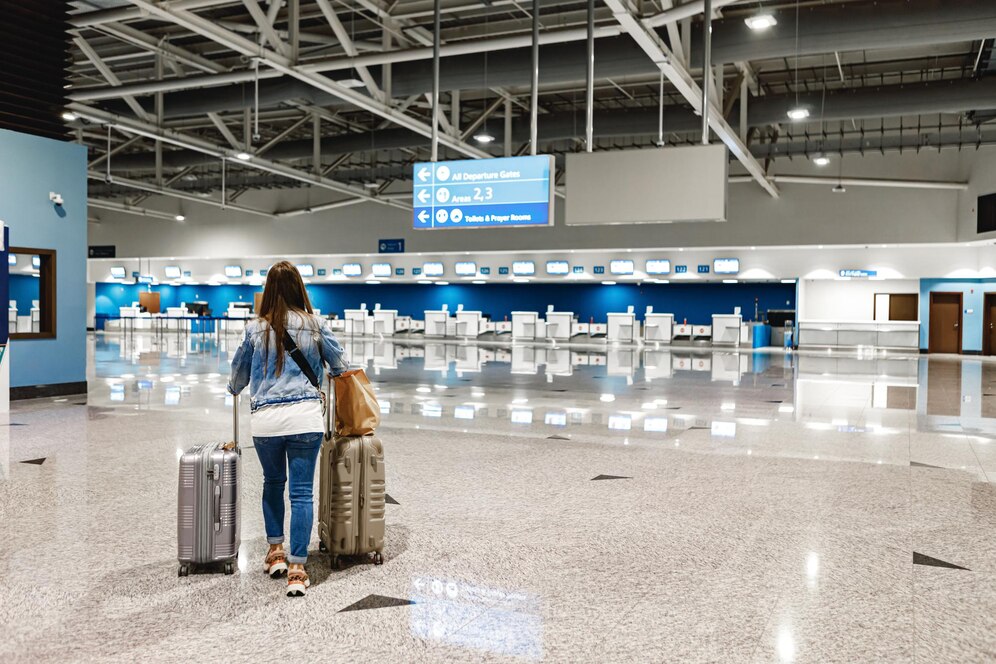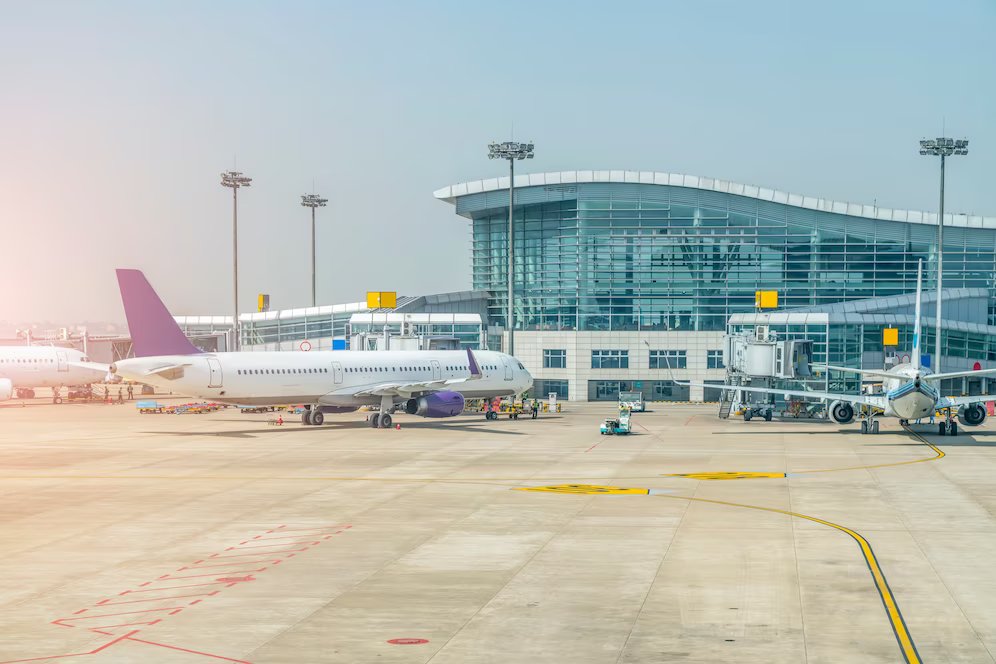
As the aviation sector continues to deal with the fallout from the pandemic, one continuing issue that impacts both airlines and customers is the airline fuel surge and higher jet fuel prices. Like many other countries, the Philippines has seen recurrent increases in jet fuel prices, resulting in greater operating costs for airlines. As a result, this cost increase has translated into increased airfares for customers, affecting travel plans and budgets. The global carriers have no other way to counter and manage the hike in fuel price other than consecutive price hikes and fare adjustment.
The Civil Aeronautics Board is the government agency in charge of monitoring and adjusting fuel surcharges in response to fluctuations in jet fuel prices. This month, the CAB increased the monthly fuel surcharge to Level 6. Under this level, passengers will be paying a fuel charge of about P185 to P665 in for domestic flights, depending on flight distance. For international flights, the fuel price surcharge ranges from P610.37 to P4,538.40.
Understanding the Surging Fuel Costs
Fuel surcharges, also known as fuel fees or fuel levies, are additional fees imposed by airlines to offset the rising fuel costs. Jet fuel, derived from aviation turbine fuel (ATF prices), is a substantial portion of an airline’s operating expenses, often comprising a significant percentage of its overall costs. The recent surge in fuel prices, fueled by rising crude oil prices globally, has prompted airlines to adjust their pricing structure to account for these higher costs.
How Are Fuel Surcharges Measured?
Jet Fuel Prices: The cornerstone of fuel surcharge calculation is the prevailing price of jet fuel, typically indexed to the price per barrel of crude oil. Airlines monitor global oil markets and adjust surcharges accordingly to reflect changes in fuel costs.
Fuel Consumption: The fuel efficiency of aircraft and the distance traveled play a crucial role in determining the amount of fuel consumed per flight. Airlines factor in fuel consumption rates when calculating surcharges, accounting for the specific aircraft type and route characteristics.
Operational Expenses: Beyond fuel costs, airlines consider a range of operational expenses, including maintenance, labor, and infrastructure costs. While ATF accounts for fuel-related expenses, they may also incorporate a portion of other operational costs to maintain profitability.
Regulatory Considerations: Regulatory bodies may impose restrictions or guidelines on the application of fuel surcharges, influencing how airlines implement and disclose these charges to passengers. Compliance with regulatory requirements of the central government is integral to ensuring transparency and fairness in pricing practices.
Why Do Fuel Surcharges Matter?
Fuel surcharges play a pivotal role in the financial sustainability of airlines and the overall economics of air travel. Understanding their significance is crucial for both airlines and passengers due to the following reasons:
Cost Recovery: Fuel surcharges enable airlines to recover a portion of their fuel-related expenses, helping to mitigate the impact of volatile fuel prices on operational costs. By passing on these costs to passengers, airlines can maintain profitability and financial stability.
Revenue Management: For airlines, fuel surcharges serve as a tool for revenue management, allowing for dynamic pricing adjustments in response to changing market conditions. By adjusting surcharges based on fuel costs and demand trends, airlines can optimize revenue generation while remaining competitive.
Transparency and Accountability: Transparent disclosure of fuel surcharges fosters accountability and trust between airlines and the passenger. Clear communication regarding the rationale behind surcharges and their impact on ticket prices enhances transparency in pricing practices.

Factors Driving Higher Fuel Costs
Several factors contribute to the surge in fuel costs, impacting the airline industry worldwide.
Rising Crude Oil Prices
According to reliable data, the price of oil, typically measured per barrel in dollars, has seen a significant increase in the last three months, nearing pre-pandemic levels. This surge in oil prices directly affects the cost of jet fuel, as airlines purchase fuel at market rates.
Global Economic Factors
Economic conditions, geopolitical tensions, and demand-supply dynamics in regions like the Middle East, a major oil-producing hub, can influence oil prices, leading to fluctuations in fuel costs. These factors also effect the peso-dollar exchange rate that directly impacts the economy.
Operational Expenses
Apart from fuel, airlines incur various operational expenses, including maintenance, labor, and infrastructure costs. The combination of the rise in fuel costs and other operational expenses puts pressure on airlines to adjust their fares accordingly.
Impact on Air Travel
For passengers, the consequence of such a cost surge translates into higher airfares, making travel less affordable, especially for domestic flights. With fuel surcharges being a substantial portion of ticket prices, travelers may find themselves paying significantly more for flights compared to pre-pandemic levels. This can pose challenges for budget-conscious travelers and may require a strategic approach to managing travel expenses.
Strategies for Managing Higher Airline Surcharges
While travelers may not have control over fuel prices or airline pricing strategies, there are several strategies they can employ to mitigate the impact of higher airfares:
Book in Advance
Booking flights well in advance can often result in lower fares, as airlines may offer discounted rates for early bookings. Planning ahead and securing tickets early can help travelers lock in more affordable fares before any fare adjustments are made.
Flexibility with Travel Dates
Being flexible with travel dates can also help travelers find more affordable fares. Mid-week flights or off-peak travel times may offer lower prices compared to peak travel periods.
Utilize Rewards and Loyalty Programs
Frequent flyers can leverage rewards and loyalty programs offered by airlines to offset the cost of airfares. Accumulated points or miles can be redeemed for discounted or free flights, helping to reduce overall travel expenses. There are also airlines such as the Alaska Airlines, that offer a mileage program where one of the perks include not passing on fuel charge to its members.
Compare Prices Across Airlines
It is essential to compare prices across different airlines and booking platforms to find the best deals. Sometimes, opting for a different airline or a connecting flight route may result in lower fares.
Monitor Fare Adjustments
Keeping an eye on fare adjustments and promotional offers over a period of time can also help travelers snag better deals. Airlines may announce fare sales or discounts every quarter, providing opportunities to save on airfares.
As the airline sector grapples with the problems posed by growing fuel costs, travelers must adjust to higher fares and shifting pricing structures. Travelers can effectively limit the impact of fuel surcharges on their travel expenses by using strategic booking strategies, taking advantage of loyalty programs, and being informed about pricing changes. While the cost increase may cause short-term difficulties, it is important to remember that the aviation industry is robust, and measures are underway to assure low fares and sustainable air travel in the long run.

Celebrate Life’s Milestones in Camella!
Make unforgettable memories in a Camella home.
Our communities are designed to elevate your living experience.


